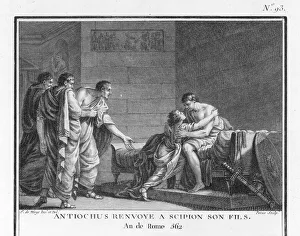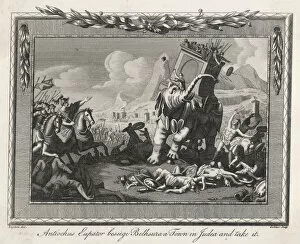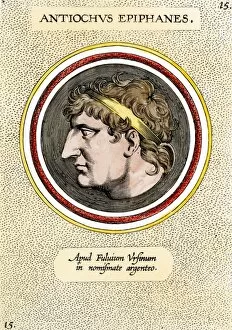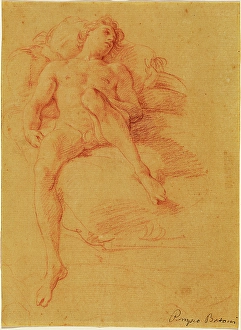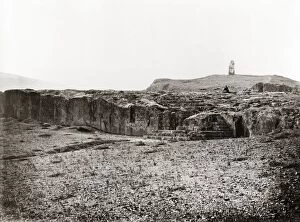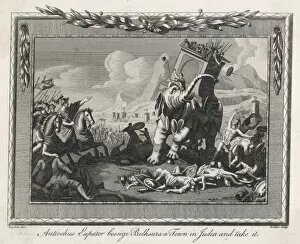Antiochus Collection
"Antiochus: A Tale of Ancient Power, Betrayal, and Redemption" In the annals of history
All Professionally Made to Order for Quick Shipping
"Antiochus: A Tale of Ancient Power, Betrayal, and Redemption" In the annals of history, Antiochus III of Syria stands as a complex figure whose actions reverberated across empires. One such momentous event was his noble act of returning Scipios captured son to Rome, defying expectations and showcasing his diplomatic prowess. But it is not only through political maneuvers that Antiochus left his mark. The ancient carved stone heads depicting gods, including the god Antiochus himself at Nemrut Dagi (Nemrut Dag), speak volumes about the religious fervor that surrounded him. Yet amidst grandeur and divine imagery lies tales of rebellion. The revolted slaves at Enna fought for their freedom against oppressive forces, leaving an indelible mark on history's pages in litho form. Tragedy too befell this enigmatic ruler. "The death Revenged" immortalizes a somber moment when vengeance sought solace for a fallen leader. War was never far from Antiochus' doorstep either. The Battle of Magnesia in 190BC showcased his military might but also highlighted the brutal reality faced by those caught in its wake. Even animals played their part in shaping this narrative; Eleazar met his untimely demise at the hands - or rather trunk - of an elephant in 1888, forever etched into our collective memory through an engraving. Beyond politics and warfare lie glimpses into nature's beauty. French and foreign butterflies fluttering delicately on paper remind us that even amidst chaos, there is still room for awe-inspiring wonders like the pink-banded sister or orange-banded shoemaker. Religion too found its place within this captivating tale; Siege of Jerusalem depicted vividly through color litho transports us back to biblical times where faith clashed with power struggles.

